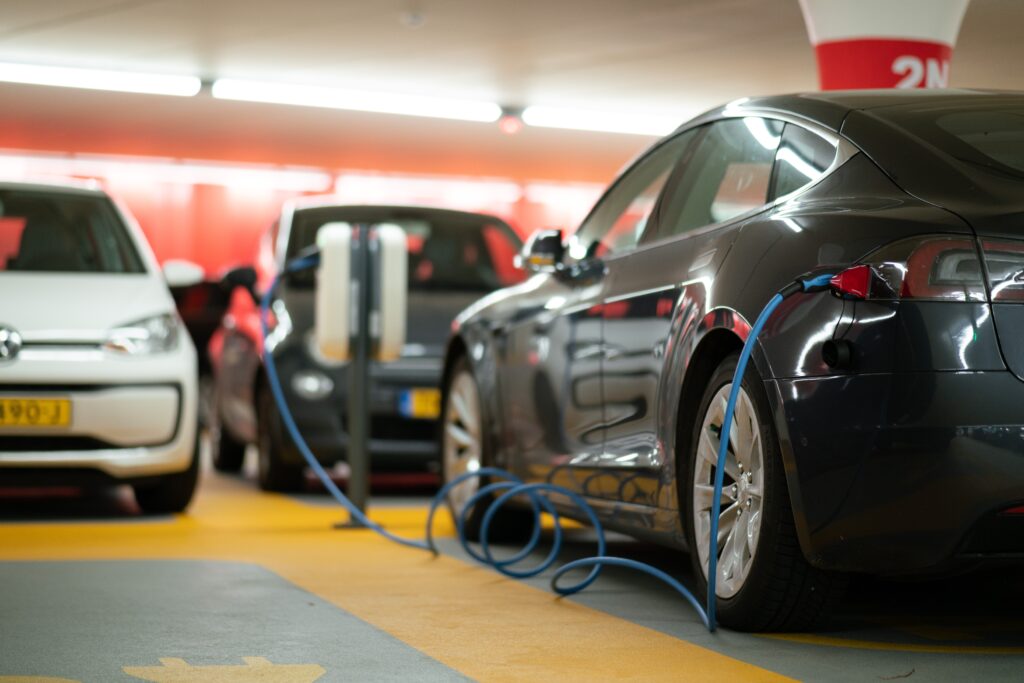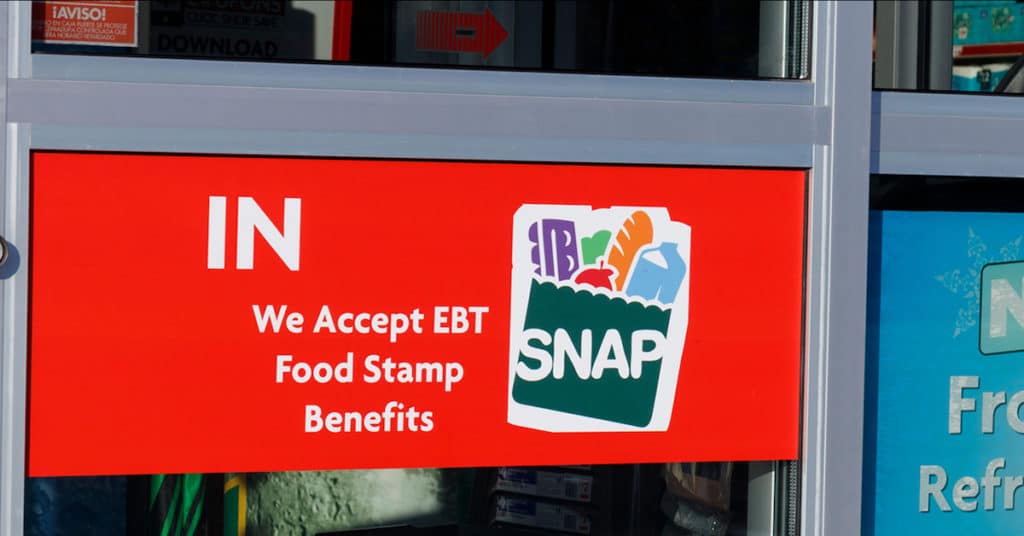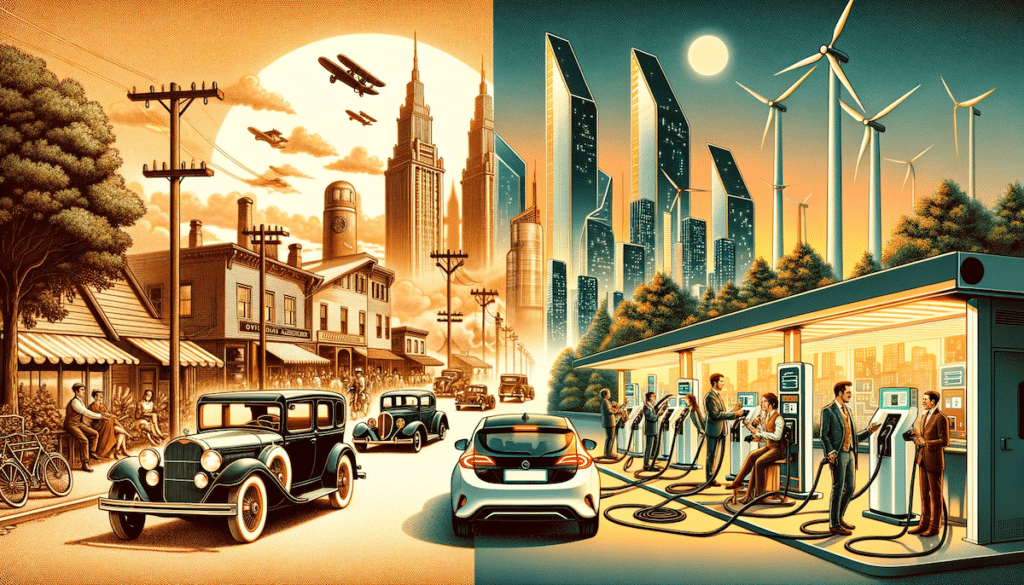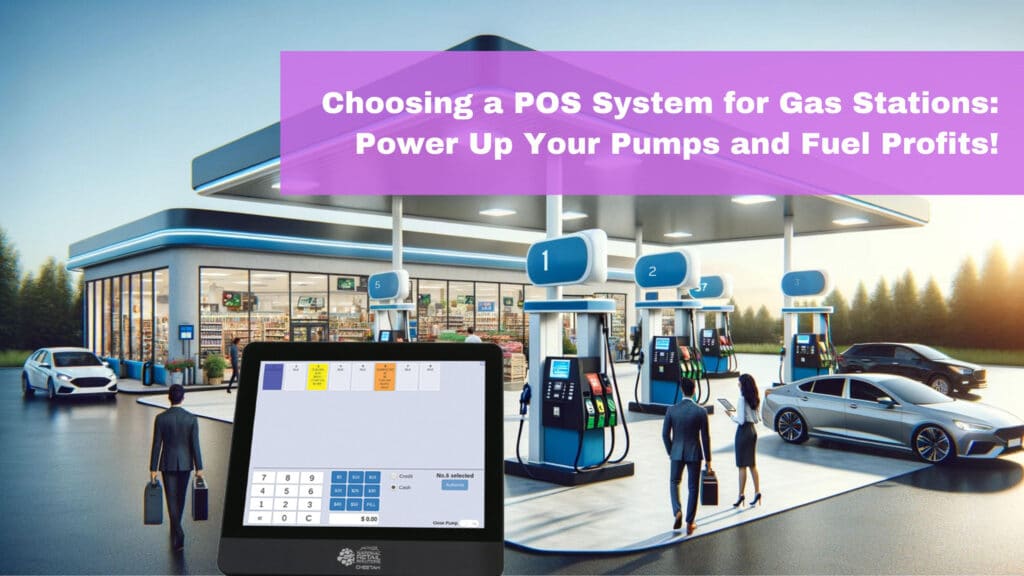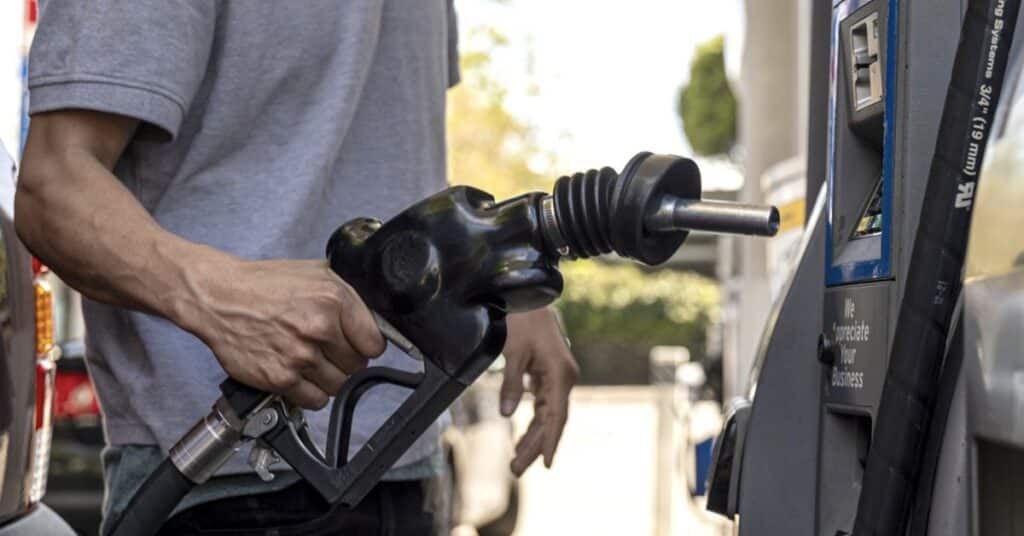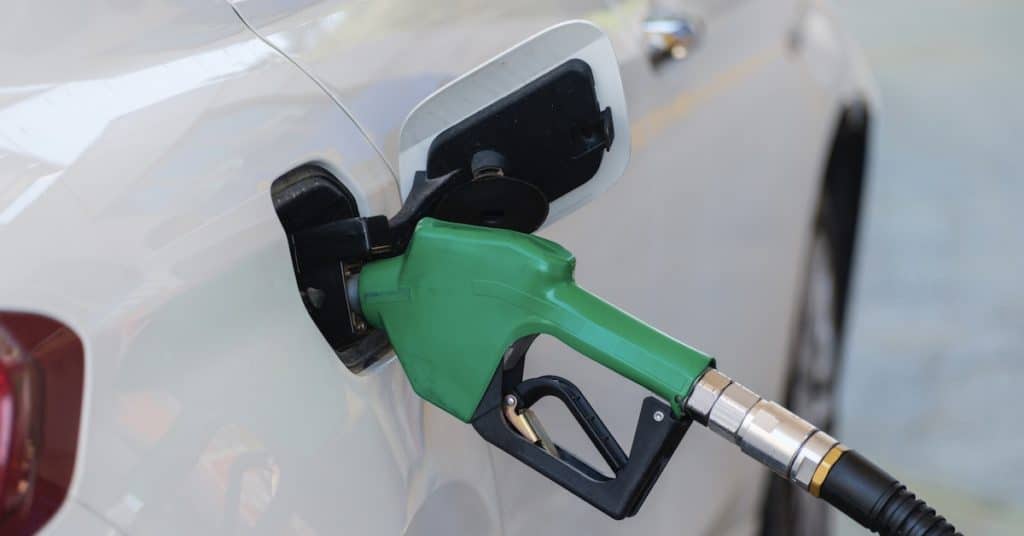- Electric vehicle (EV) charging stations in retail spaces are reshaping the future of gas stations, boosting business and foot traffic.
- Modern pump-integrated POS systems can help facilitate EV charger transactions and handle the increased influx of new customers.
- Collaborative strategies and addressing challenges head-on are pivotal for the widespread adoption and sustainability of EVs.
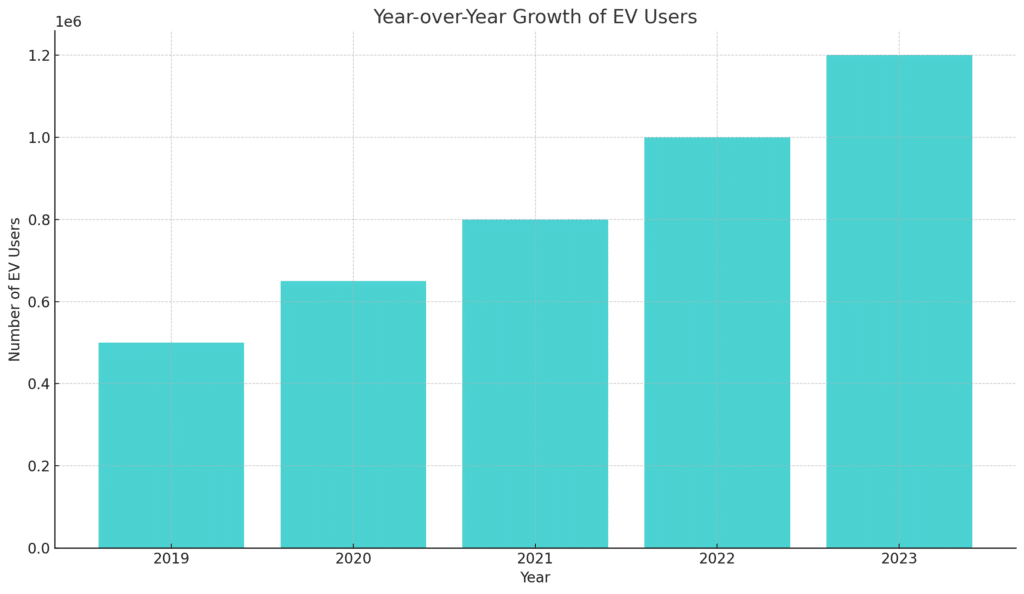
Electric vehicles (EVs) are cruising into the mainstream at full throttle, signaling a paradigm shift in the automotive industry and consumer behavior.
As the transition to electric mobility accelerates, a consequent need for EV charging stations arises.
Not just in secluded areas, but the integration of these charging nodes within retail spaces, particularly gas stations, is making waves and shaping the future of gas stations.
This fusion is not only addressing the charging needs of EV drivers but also driving foot traffic into retail stores, opening new avenues for business owners.
Future of Gas Stations: New Retail Opportunities with EV Charging Integration
The installation of EV charging stations in retail premises, especially those of gas stations, creates a win-win scenario.
On the one hand, it addresses the practical charging needs of EV owners, and on the other, it acts as a magnet pulling in a new segment of customers into the retail space.
Attracting a New Customer Base
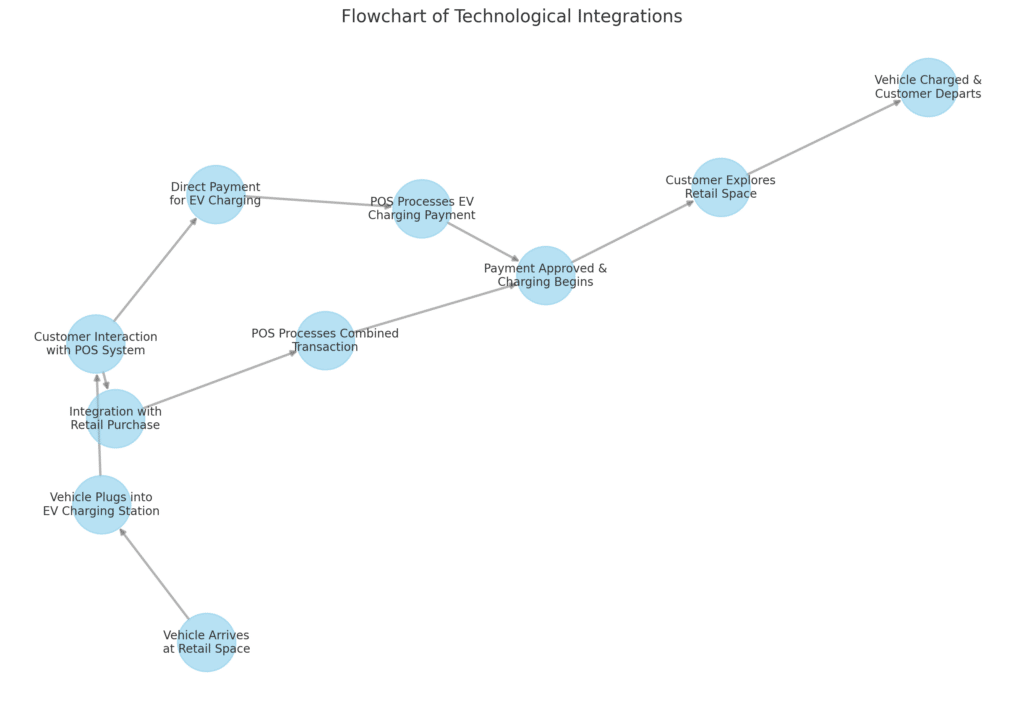
With the burgeoning popularity of electric vehicles, a new segment of eco-conscious consumers is emerging. These individuals are not only keen on reducing their carbon footprint but are also likely to appreciate retail spaces that facilitate their green choices.
By installing EV charging stations, retailers can attract this new customer base, offering them the convenience of charging their vehicles while they shop. For the future of gas stations, this may translate to increased foot traffic and potentially higher sales.
Potential for Retail Sales During Charging Time
The time it takes to charge an electric vehicle provides a unique opportunity for retailers. Unlike traditional fueling, which takes a few minutes, EV charging requires a longer duration, often enough for a shopping spree.
Retailers can capitalize on this time window by offering a range of products and services that cater to waiting customers, thus boosting retail sales.
Incorporating EV charging stations can indeed turn retail spaces into modern-day oases for the eco-conscious driver.
While the drivers charge their vehicles, they can explore the retail space, make purchases, and enjoy the amenities provided.
Got it:
Technological Integrations will Shape the Future of Gas Stations
The fusion of retail and electric vehicle charging isn’t just a physical one; it’s digital too.
The modern-day retail experience is powered by technology, and integrating EV charging stations within retail spaces provides an avenue for further technological advancements.
Seamless Transactions with POS Systems
Retailers can elevate the customer experience by integrating modern POS systems with EV charging stations. This integration can facilitate seamless transactions for both retail purchases and charging services.
Customers could, for instance, pay for their shopping and charging services in one transaction, making the process convenient and time-saving.
Financial Transaction Security
As retail spaces evolve with the addition of EV charging stations, ensuring the security of financial transactions is paramount. Training employees on financial and credit card fraud prevention can be a part of this evolution.
Moreover, employing robust POS systems that adhere to the highest security standards can help safeguard against potential financial fraud.
Challenges and Solutions for The Future of Gas Stations
The march towards a more eco-friendly and electric-driven automotive landscape is vibrant. However, it comes with challenges that need addressing to ensure a smooth transition and widespread adoption. This section delves into these challenges and explores potential solutions and strategies to overcome them.
Charging Infrastructure
Challenge:
One of the primary hurdles in adopting electric vehicles (EVs) is the need for charging infrastructure, especially in rural or remote areas. Consumers often have range anxiety, worrying about finding a charging station within their EV’s battery range.
Solution:
- Expanding Charging Networks: Governments and private enterprises can collaborate to expand charging networks, ensuring that charging stations are available in both urban and rural areas.
- Incentives for Installation: Providing incentives to businesses and homeowners for installing charging stations can also help overcome this challenge.
Charging Time
Challenge:
The time it takes to fully charge an electric vehicle, compared to the time it takes to refuel a gasoline vehicle, is a concern for many potential EV buyers.
Solution:
- Fast Charging Technology: Advancements in fast charging technology can significantly reduce charging time, making EVs more convenient for consumers.
- Battery Technology: Continuous research and development in battery technology can also lead to batteries that charge faster and hold more power.
Cost of Electric Vehicles and Charging Equipment
Challenge:
The upfront cost of electric vehicles and charging equipment can deter many consumers.
Solution:
- Incentives and Subsidies: Governments can offer incentives and subsidies to lower the cost of EVs and charging equipment, making them more accessible to a broader range of consumers.
- Economies of Scale: As the production of electric vehicles and charging equipment scales up, the cost per unit can decrease, making them more affordable.
Standardization of Charging Equipment
Challenge:
The need for standardization in charging equipment can create confusion for consumers and hinder the adoption of EVs.
Solution:
- International Standards: Establishing international standards for charging equipment can ensure compatibility and ease of use, encouraging more people to switch to EVs.
- Education and Awareness: Educating consumers on the types of charging stations and how to use them can also play a significant role in overcoming this challenge.
Public Awareness and Perception
Challenge:
Misconceptions and lack of awareness about the benefits of electric vehicles can also pose a challenge to their adoption.
Solution:
- Educational Campaigns: Launching educational campaigns to inform the public about the benefits of electric vehicles and the availability of charging infrastructure can help change perceptions.
- Test Drive Events: Organizing test drive events can give people firsthand experience with electric vehicles, helping dispel misconceptions.
By addressing these challenges head-on and implementing strategic solutions, we can pave the way for a more sustainable and electric-driven automotive future.
Through collaboration between governments, private enterprises, and the general public, the widespread adoption of electric vehicles and a robust charging infrastructure can become a reality.
Case Study: Gas Stations Evolving
The traditional gas station model is transforming with the advent of electric vehicles. No longer just a stop for fueling up, gas stations are becoming comprehensive service stations catering to a broader range of customers’ needs.
Modernized Service with NRS Petro
The NRS Petro system exemplifies how gas stations can modernize their services to cater to the EV audience. By integrating EV charging stations, gas stations can offer more than fossil fuels.
They become service stations of the future, where customers can fuel up their traditional vehicles or charge their electric ones, all while enjoying a retail shopping experience.
Collaborations with Local Authorities
Gas stations can also explore collaborations with local authorities to facilitate the establishment of EV charging stations. Such collaborations can assist in navigating the regulatory landscape, securing necessary permits, and ensuring adherence to local and national electrical codes.
The integration of EV charging stations is undeniably altering the retail landscape, especially for the future of gas stations. With the right technological integrations and a customer-centric approach, retailers can harness the potential of this evolving ecosystem.
Sustainable Future
The embrace of electric vehicles and the subsequent integration of charging stations within retail spaces is more than just a business strategy; it’s a step towards a more sustainable future.
Contribution to Environmental Goals
By facilitating the use of electric vehicles through the provision of charging stations, retailers can play a significant role in reducing carbon emissions. Moreover, partnerships with local governments and environmental organizations can further promote sustainability.
Encouraging Eco-conscious Consumer Behavior
Retailers can encourage eco-conscious consumer behavior by offering discounts or loyalty points for customers who utilize EV charging stations. Such incentives can foster a community of eco-conscious consumers and promote a culture of sustainability.
Conclusion
Integrating electric vehicle charging stations within retail spaces, particularly gas stations, is not merely a trend but a reflection of the evolving consumer behavior and the retail landscape.
As the world shifts towards more sustainable practices, embracing the electric vehicle movement by providing charging stations can position retailers as forward-thinking, eco-friendly, and customer-centric.
The technological integrations that come alongside can further enhance the retail experience, making it seamless, secure, and enjoyable.
The electric vehicle movement is not just driving on the road towards a sustainable future, but it’s also steering the retail sector into a new era of opportunity and growth.
By harnessing the potential of this synergy between retail and electric vehicle charging, retailers can not only meet the evolving needs of their customers but also contribute to a greener tomorrow.
FAQ:
- How do I locate a public charger?
- Various resources are available to help drivers identify where they can easily stop for a charge
- How long does it take to charge an electric car?
- The charging time can vary based on the level of the charger (Level 1, Level 2, or DC fast charger) and the capacity of the vehicle’s battery
- How far can my car go on a full charge?
- The range of an electric vehicle on a full charge depends on the make and model of the vehicle, and it’s a common query among EV users
- What is the cost of charging an electric car?
- The cost can vary based on the rate of electricity and the level of charging station used
- What is a Level 2 EV Charging Station?
- A Level 2 EV Charging Station provides faster charging than a Level 1 charger and is commonly seen in public charging stations and private installations.
